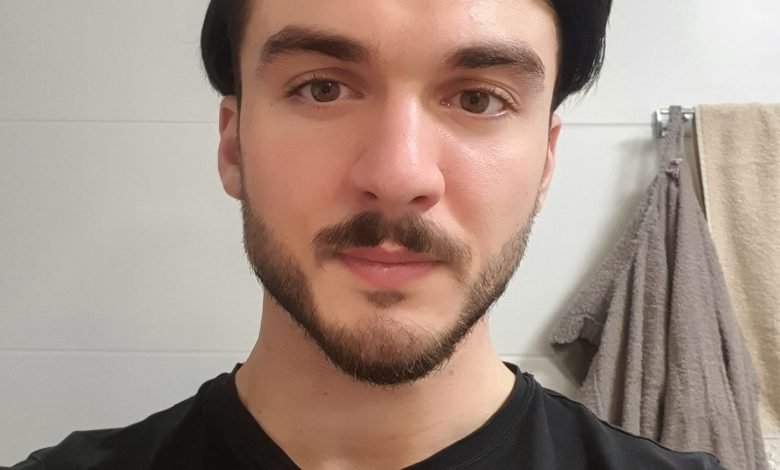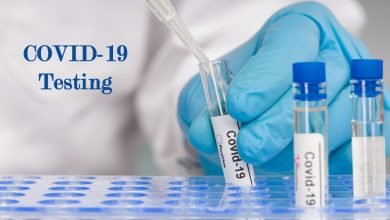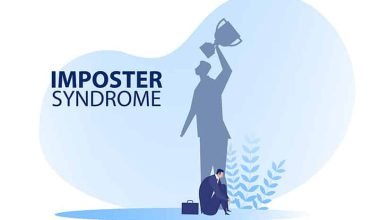
10 Most Crucial Dos and Don’ts to Follow After a Hair Transplant Procedure
A hair transplant procedure enables your specialist to relocate healthy hair from your head to thinning areas. Corrections in the hairline and placement of hair in recipient areas also contribute to the natural appearance of the results. While these advancements provide patients with more natural-looking solutions, the outcome is still entirely determined by the specialist you choose.
Information Credit: https://drserkanaygin.co.uk/sapphire-fue-hair-transplants-in-turkey/
When choosing the right clinic for your hair transplant procedure, make sure to verify their credibility by checking the hair transplant before and after photos available on their website. This not only ensures their competence in the field but also demonstrates customer satisfaction.
With that being said, here are the common dos and don’ts that may assure a successful hair transplant procedure.
-
Keep your head at 45 degrees while sleeping
Sleeping on a raised pillow is highly recommended after a hair transplant procedure. It is recommended to keep your head at a 45-degree angle. This is a crucial phase in the hair transplant recovery process and should always be followed.
-
Take measures to prevent swelling
Swelling is quite common but one can reduce this swelling. Do apply ice to the area immediately above the brows to help reduce swelling, which usually develops on the third or fourth day after surgery. Try using gentle head cleansing practices to prevent scalp itching and scabbing. Swelling can be a bit uncomfortable – thus, taking a bit care can help in preventing swelling.
-
Steps to take the next morning
To guarantee proper hair transplant maintenance, wash your hair the very next day after removing your bandage with reasonably warm water. Instead of washing your hair in the shower, lower the water pressure and carefully wash your hair with your hands. A mild shampoo should always be used, followed by a gentle rinse with lukewarm water.
-
Take proper medicines
Medicines help in quick recovery and are often prescribed so that infections can be avoided. Inquire with your surgeon or nurse about which medications are safe to use. If your doctor has recommended a specific ointment, apply a thin layer to the donor region to cover it completely.
-
Maintain moisture in the newly grafted area
Your surgeon will provide you with all the necessary equipment to ensure that the freshly transplanted hair follicles have a hydrated condition. To keep the implanted hairs from dehydration, many people use a saline solution or an ointment to spray the hair frequently.
Now that we’ve discussed the dos and don’ts after a hair transplant procedure, here are the restrictions that may help in a faster recovery.
-
Refrain yourself from heavy exercise
You might be a fitness freak and love hitting the job. However, if you had a hair transplant, you need to avoid a few things. Avoiding strenuous exercise after the procedure will aid in the reduction of pain and swelling. However, you may start with light exercises like stretching or walking after a few days and may gradually increase the intensity. Since sweating can be harmful to the newly grafted area, practising a heavy workout might not be the best idea after the transplant.
-
Colouring your hair
Dyeing your hair just after the transplant can be harmful to the freshly grafted areas. Since hair dyes contain harsh chemicals, make sure to wait at least 4 weeks before colouring your hair. The transplanted follicles remain in a fragile state after the procedure, which is why exposure to such chemicals can be harmful to your scalp and can also delay the overall recovery process.
-
Avoid alcohol consumption
Being a diuretic, alcohol can make you dehydrated, which may delay your recovery phase longer than it should. Consuming alcohol may result in elevated blood pressure that can increase complications after the procedure. Similar to alcohol, smoking can also be harmful as a post-procedure measure and can increase blood pressure.
-
Sleeping in the wrong position
After you come home after a hair transplant procedure it is quite important to ensure that you get a good sleep. But you have to be careful here as well or else it might slow down your recovery process. Make sure to keep your head elevated for the first 7 days after the procedure. This practice helps reduce the swelling that is common in many patients after a hair transplant procedure.
-
Avoid excessive exposure to the sun
To protect the freshly transplanted area, keep your scalp from direct exposure to the sun for at least the first two weeks after the procedure. This will help in reducing sun exposure tremendously.
Conclusion
A hair transplant is a minimally-invasive procedure that may offer a solution for a lifetime. Selecting the proper hair transplant consultant necessitates much research. The majority of people believe that the job is done once the procedure is performed. However, the effectiveness of the outcome heavily depends on the post-procedure measures as much as the efficacy of the procedure.
Must Read: Medications That Cause Hair Loss




We are committed to providing a seamless and comprehensive experience by offering complete medical and travel support, ensuring patients receive the best healthcare in a comfortable, stress-free environment. Supported by a team of experts with over five years of experience in medical tourism.
https://www.healnhub.com/